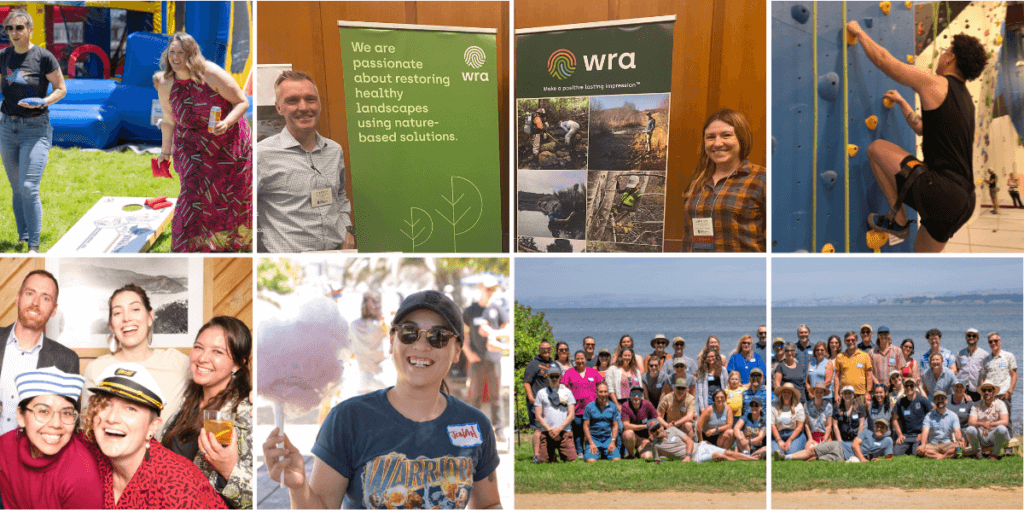WRA’s Molly Curley O’Brien Joins Faculty at CLE International Land Use Law Conference
WRA is pleased to announce Senior Community Resilience Planner Molly Curley O’Brien will be part of the faculty at the…


WRA is pleased to announce Senior Community Resilience Planner Molly Curley O’Brien will be part of the faculty at the…

We are proud to announce the addition of six new shareholders to WRA in 2025: Kim Hettler-Coleman, Rhiannon Korhummel, Jonah…

WRA is proud to be a returning sponsor of the 2025 TOGETHER Conference, an incredible annual gathering focused on climate…

Team WRA is heading to “The Emerald City” to join the Environmental Markets Conference May 12-15 in Seattle! We are…
